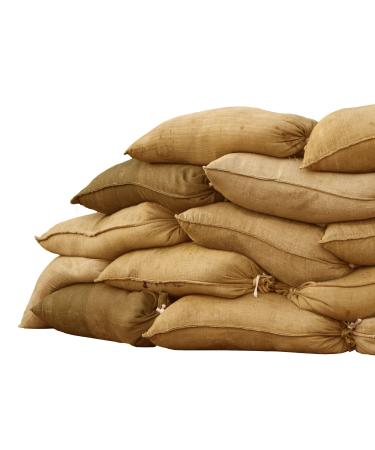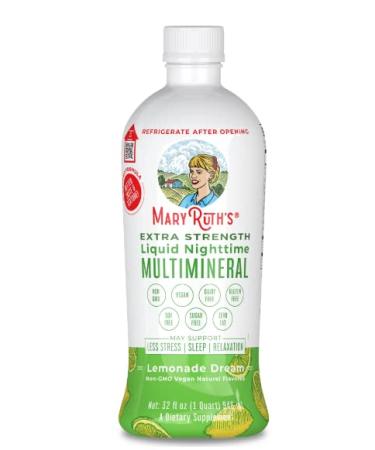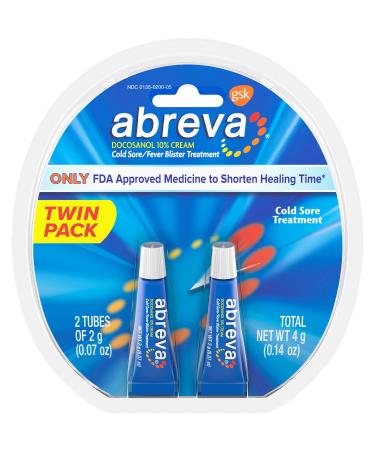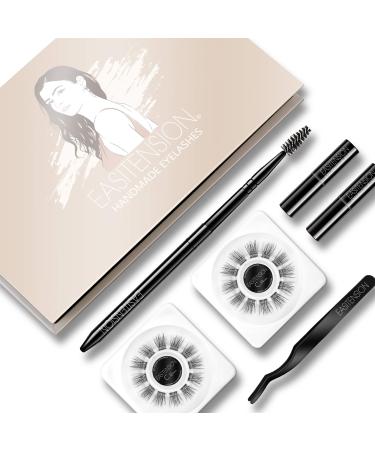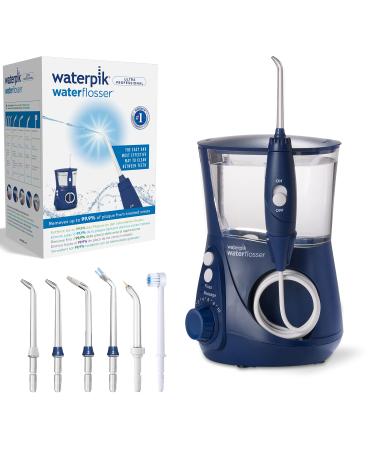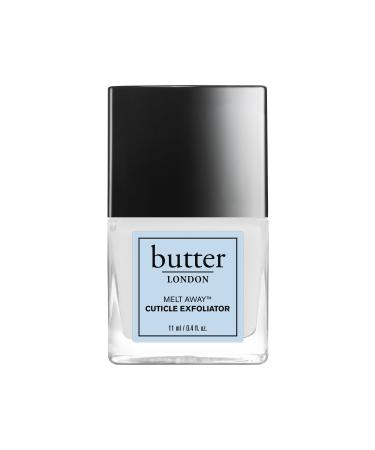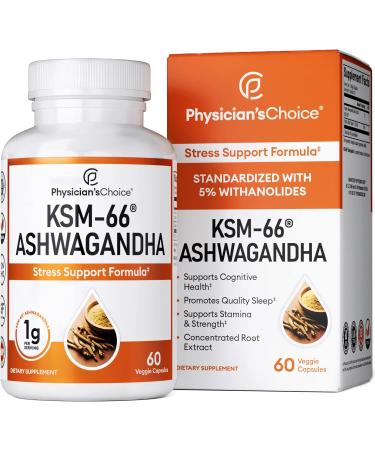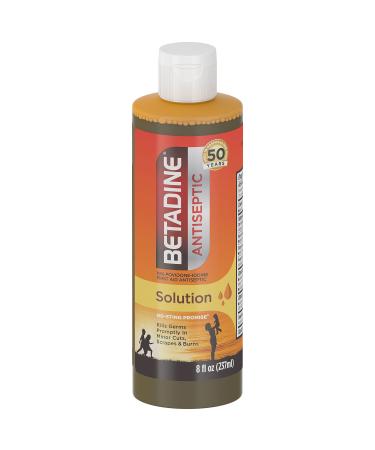Sandbaggy Sandbags
Heavy duty, with UV protection: Our rugged Sandbaggy sandbags are made with thick weaves allowing for heavy-duty applications like sandbagging, landscaping, construction, and building flood barriers. The weave count is 10x10. Our tough, coarsely-woven sandbags can be used for so many different applications. Made with 1600 hours of UV protection, these sandbags can sit under the sun for six months before they begin to breakdown.
Sandbags Filling Tips:
- Fill sandbags ½ to full and tie the bag at the top (lay flat when in place). This sandbag should weigh between 35-40 lbs. An overfilled sandbag weighs between 60-75 lbs and will leave gaps which will allow water to seep through.
- Always wear gloves during filling operation to avoid hand injuries and protect from contaminants in sand and floodwater. Safety goggles should be used on dry and windy days. Filling sandbags is physically demanding work and can easily cause back and other injuries if not careful. Always lift with your legs and not your back. Do not reach out, bend over, or twist when lifting.
- Do not throw sandbags - it stresses the back and shoulders. Rather use a brigade line to pass bags
- Use a short handled, #2 rounded point shovel with straight shaft and D grip, bagger scoop or funnel to fill sandbags.
- Remove any debris from the areas where the sandbags will be placed. After placing the sandbag, walk on sandbags to create a tight seal between each bag.
Fill Materials
- Sandbaggy sandbags are built to withstand both gravel or sand. Be aware of poor quality sandbags that rupture when filled with sharp gravel rocks.
- Gravel should be filled in sandbag when used as an erosion control device (on slopes). Sand should be filled for flood control needs, whether to protect doors or garage or to divert water. If sand or gravel is not accessible, less effective solutions is to fill the sandbags with backyard soil.
- 1 cubic yard – amount of sand/gravel it takes to fill 75 40-pound bags
Common FAQs
What's the difference between monofilament bags, regular sandbags, and burlap bags
They are all made from different materials. Monofilament bags are made from a heavier duty type plastic than regular sandbags, while burlap bags are made from jute, which is a plant fiber. here.
Are sandbags effective against flooding
Sandbags are an effective way to prevent flooding. Sandbags act as a water barrier to divert water, this is due to sands course texture making it less porous (ability to absorb water) than other materials. The main benefit of using sandbags to prevent flooding is just how simple and quick they are to use and setup.
What is the best material to put in a sandbag to block water
The best material to put in a sandbag is sand or other material that can be tightly packed like dirt or mulch. Don't use things that have sharp edges like rocks, as that can damage the bag and are less effective at blocking water since it is not as dense as something like sand.
Where do you put sandbags for flooding
To prevent flooding make sure to put sandbags outside and against the entry points of your home (such as doors and garages) to form a wall. Also identify other areas where you will need to divert water from.



